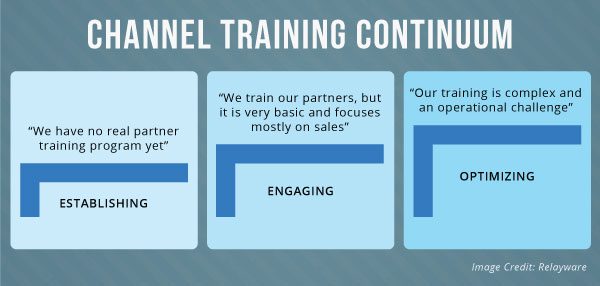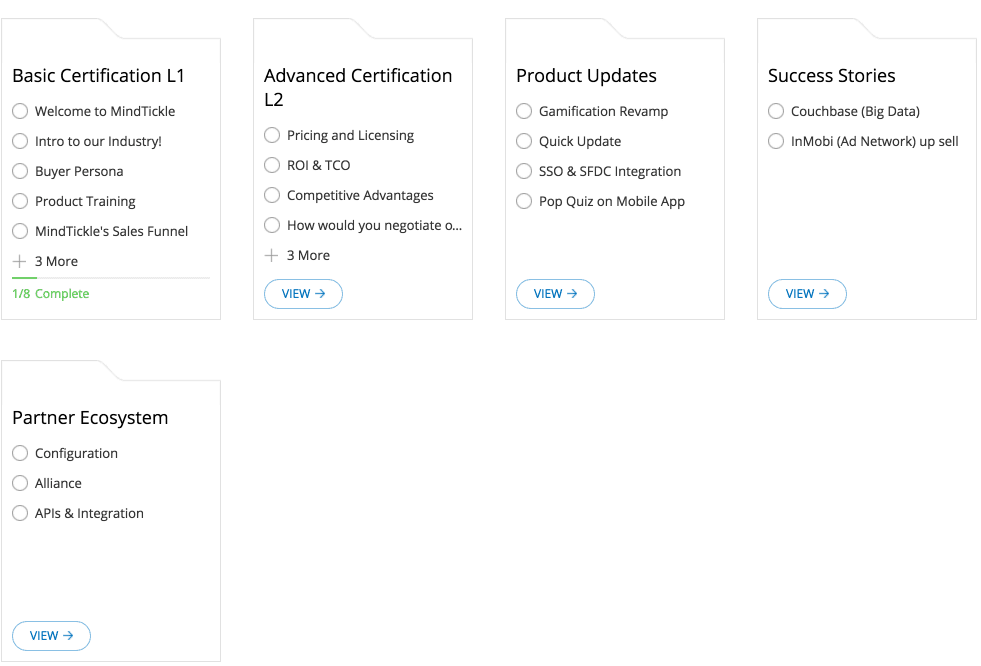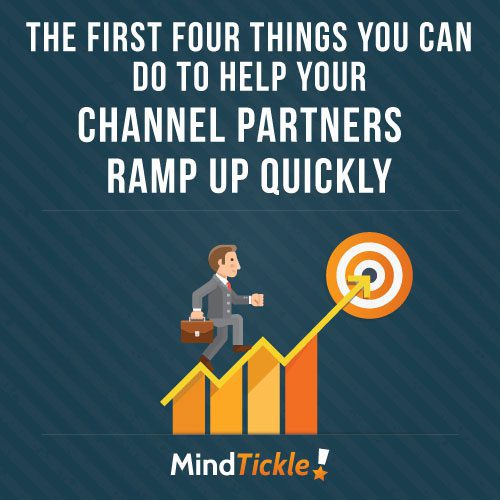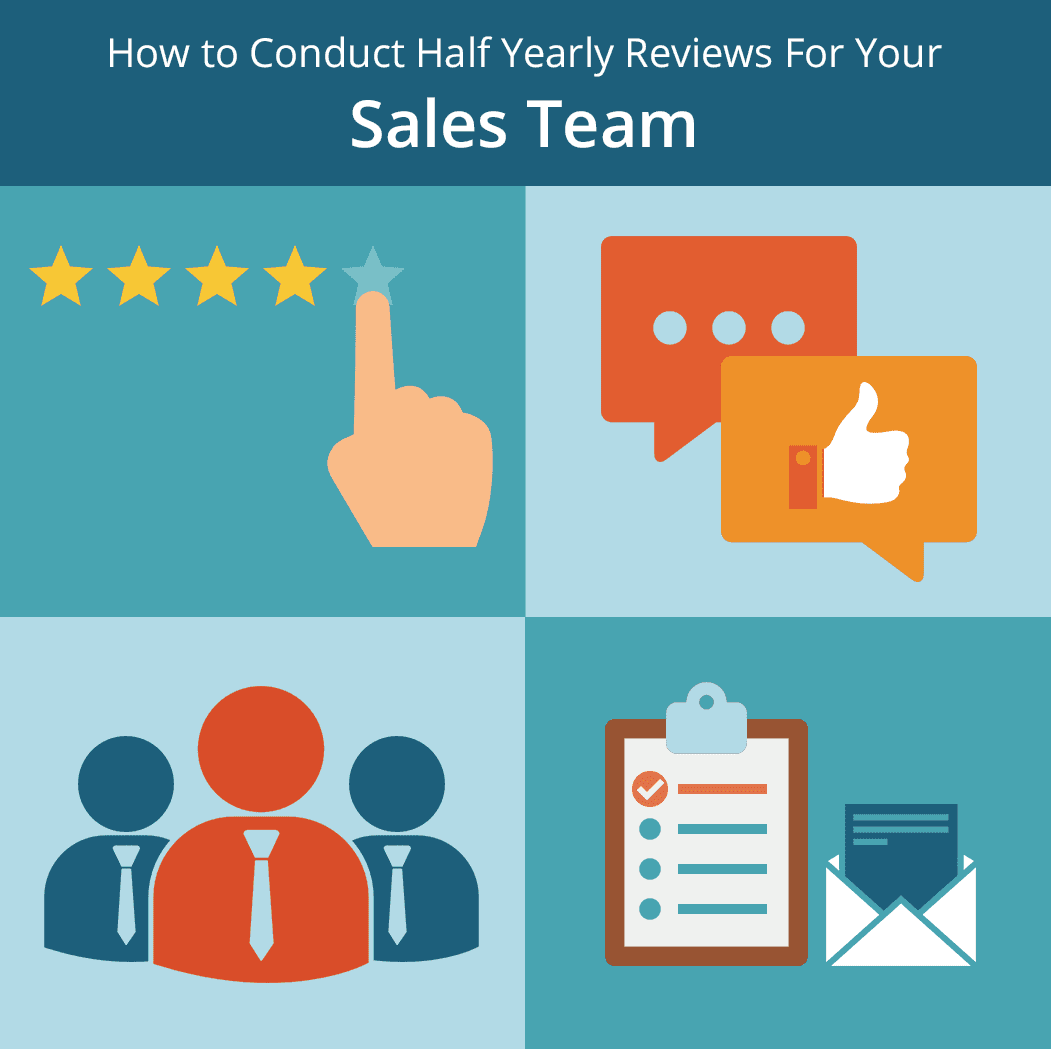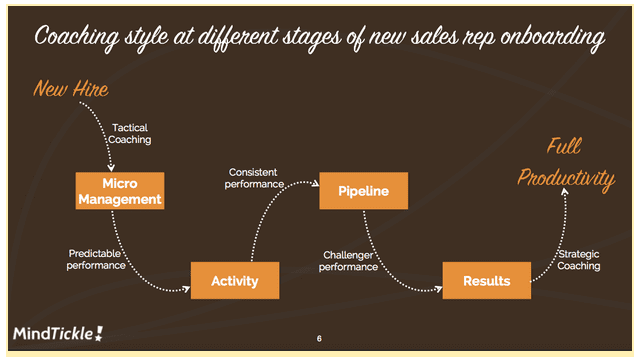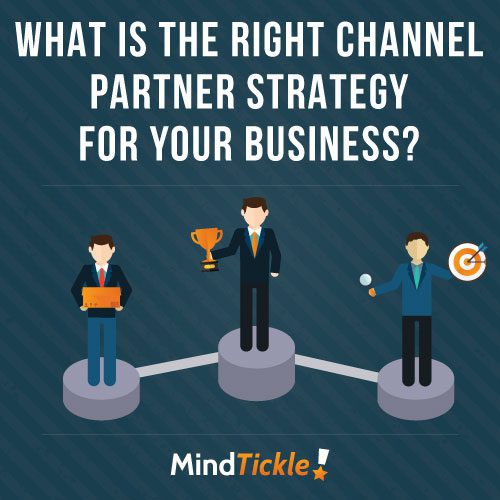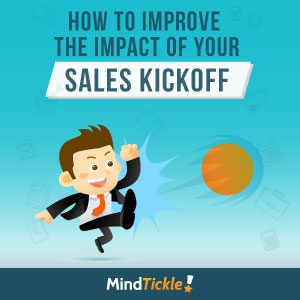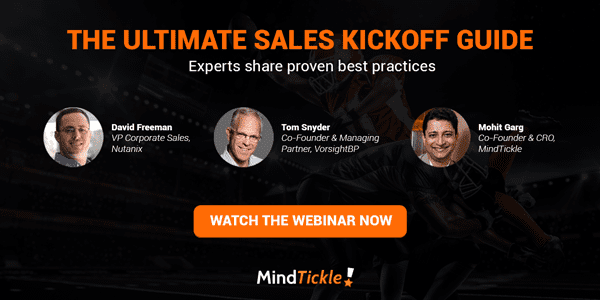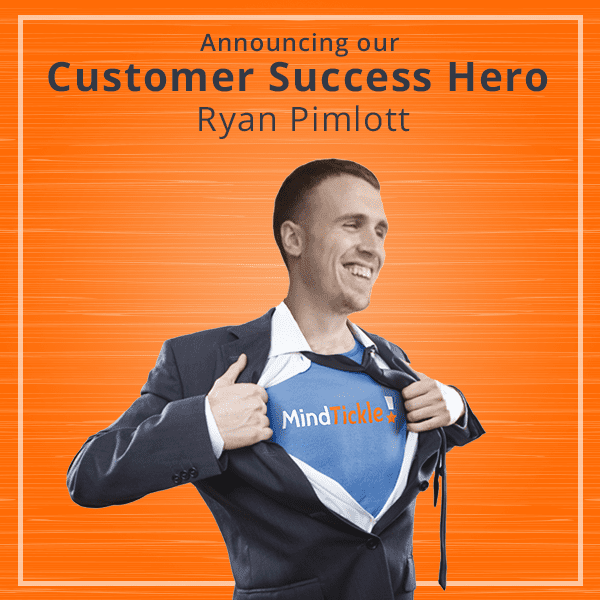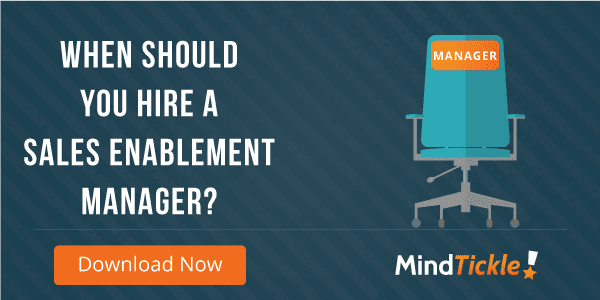Maximize Channel Partner Success with Robust Onboarding and Certification
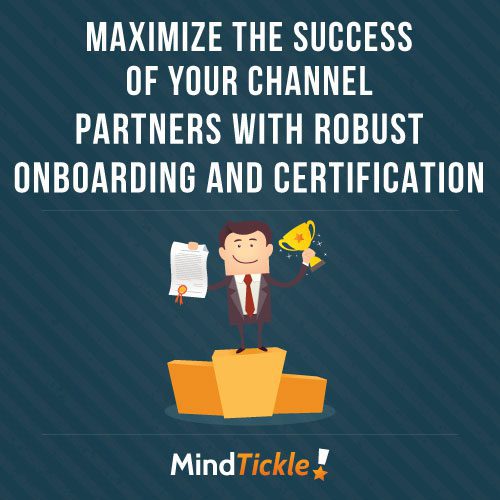

But those that managed to onboard and certify their channel partners early believed that it solidified their partner’s ability to sell their product with confidence, and in some instances even gave them the edge over other products in their channel partner’s suite.
The channel training continuum
While the depth and breadth of your onboarding and certification will vary depending on where you sit on the channel training continuum, I’ve identified three areas where our customers focused their efforts.
- The welcome kit
- Channel partner kickoff
- Channel partner onboarding and certification
The welcome kit
Most people I spoke to felt that a welcome kit was the bare basics that were essential to set their channel partners on the right track. Some things that they recommended including were:
- Stakeholder details: Giving them points of contact when they need to register a lead or have an objection query;
- Welcome message from your leadership team: Providing high-level information on the product and where your channel partners fit into the overall business strategy; and
- Process and product information: Giving them access to everything to get them started, from your partner enablement platform to price lists and product information.
Most felt it was best to make the welcome kit available on their partner enablement platform rather than overwhelming reps with bulky hard copies or attachment-laden emails.
Channel partner leadoff
To get their new relationship off to a flying start, most customers held a channel partner meeting in the first couple of days. One customer used the leadoff as an opportunity to relay their vision for the relationship and generate excitement about their products.
While it is possible to conduct the leadoff remotely most felt it was more effective in person. One organization brought in some of their business leaders and key stakeholders to speak to their new sales team in real time. They felt this was not only very impactful but also showed their channel partners how committed they were to their success and the relationship.
Channel partner onboarding
In my discussions, I was interested to learn that not all channel partner onboarding programs were created equal. Some companies had different levels of training depending on what the primary KPIs of the channel partner’s reps were. This in turn also influenced how long the onboarding process took, and ranged anywhere from three to ten days.
For example, one business used a channel partner only to generate leads for them. Their training included:
- How to frame an elevator pitch
- Product training
- How to conduct cold campaigns
- Examples of email templates and cold calling scripts
- Their best success stories
Another customer also charged their channel partner with managing opportunities, so their onboarding program also covered:
- In-depth product capabilities and benefits
- How to conduct a product demo
- Handling common objections
- Case Studies and talking points
Regardless of the depth of the training provided, all of our customers found that their onboarding program was most effective when it included a mix of media such as video, presentations, quizzes and even role plays. For example, one used quizzes to help reinforce product training and role plays to perfect elevator pitches.
One of the customers I spoke to runs a very complex channel partner program, with a tiered approach to their partners’ sales team. Some channel partner’ reps only conducted lead generation, while others were charged with seeing the sales process right through to closing. In line with these different services, their onboarding program had several training paths. This ensured that no one was being trained for anything they didn’t need, thereby cutting down the onboarding time for some reps so they could start selling quicker.
Another organization that I spoke to found that it made sense to tailor their onboarding program so that it fits in with their channel partner’s specific business model. This high touch approach meant that they couldn’t bring on board several channel partners at the same time. But they believed that taking a bespoke approach reaped greater benefits in the long run as their onboarding program made more sense to their channel partner. In some instances, they even removed parts of their onboarding program because they found it had already been covered by another product’s process. This not only cut down the onboarding time for their product but also ensured they weren’t providing reps with the information they’ve already been trained on.
The shorter training sessions, when coupled with other tools also helped improve engagement. All of the companies I spoke to believed that the information in their onboarding was adopted more readily when it was made interesting or had a tangible outcome. Some facilitated peer to peer interaction in the learning process, while others created healthy competition by gamifying outcomes.
While each organization bore the responsibility for putting together their onboarding program, some also involved their channel partner when creating the program. Many found this is to be particularly helpful when the channel partner was responsible for a marketing budget, as it gave them buy-in into the onboarding process.
Channel partner certification
All of our customers felt that certifying their channel partner’s reps was an important step in their partner management process, and translated into a greater share of wallet for their product.
One company commented that as their certification process improved, they were able to scale their business faster as well. This is because the certification process helped them identify what additional coaching or training their channel partner’ reps required, and also enabled them to prioritize their efforts between different channel partners.
Just as the onboarding process had different tiers, those customers with complex channel partner relationships also had different levels of certification for individual reps. For example, one organization used:
- Level 1 – For partners who are responsible for lead generation
- Level 2 – For partners who are also responsible for conducting demos
- Level 3 – For partners who are also responsible for closing the deal
They then rolled up these individual certifications as part of their broader accreditation for each channel partner.


